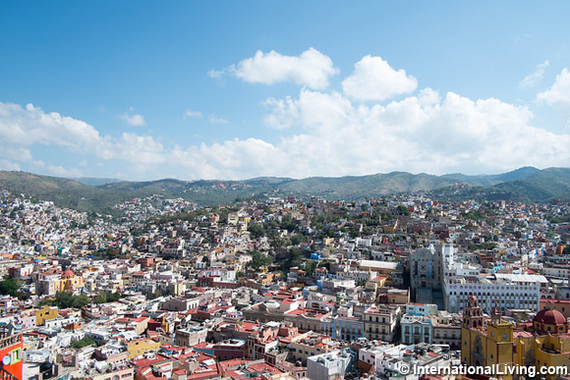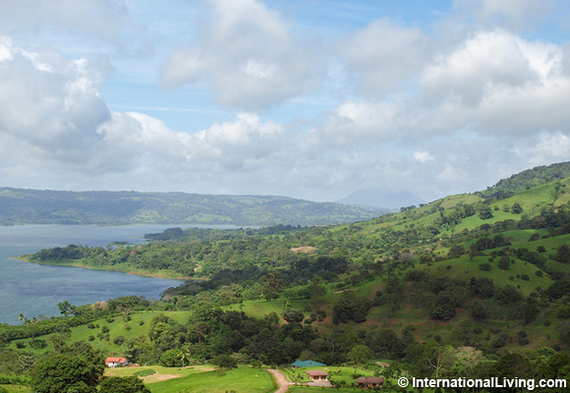So many North American holiday traditions are rooted in weather this time of year.
The Winter Solstice has been a significant date on every calendar ever devised by people whose continued existence depended on making it through another cold, hard winter and surviving until another turn of the year brought the warmth and fertility of spring.
That's why, for us born-and-bred North Americans, the shortest day of the year is a watershed date. This is as bad as it's going to get. The days will start to get longer now. Spring is on its way. It's all downhill to more light and warmth from here.
Our holiday traditions reflect this. Our favorite symbols at this time of year are things that stay green and hardy even in the depths of winter...the evergreen pine tree and the holly bough. Things that promise renewed life and growth even on the darkest day of the year... Saviors born, Yule logs burned. Things that show how thankful we are that our larders have lasted through the freezing time and will take us into the new growing season...gifts exchanged, feasts prepared.
These are all acknowledgments and celebrations of the value of hope, survival, and preparedness in a land where the weather can kill you if you don't prepare and aren't hopeful. A land that has a season you may not survive.
For most of us North Americans, those symbols of hope and faith are now simply that...symbols. For most of us, the times are long gone when hard winters actually thinned the herd. Our survival through the Northern winter is no longer much in doubt, and our symbols have come to represent a time of feasting and merriment for their own sake, rather than expressions of gratitude for making it through another winter alive.
So what about those of us who have moved to places where snow never falls, the ground never freezes, and crops never stop growing? What are our northern Christmas/Winter Solstice/New Year celebrations like in Ecuador, Mexico, Panama, and Costa Rica?
Not very different, really.
We can usually find the trappings of Northern holiday celebrations in our adopted countries. Especially for those of us who've moved south of the border, we are still living in cultures that are overwhelmingly Christian and have, to greater or lesser extents, adopted many of the customs of North American Christmas and the symbols that go with it...including all the winter-inspired trees and wreaths and candles and gaily colored gift wrap you could hope for.
We still feast with local friends and family and exchange gifts and season's greetings with those who are still up north. The Internet now allows us to talk to them, face to face, in real time to tell them how much we love them. And we can order online gifts and greetings ready wrapped, guaranteed to arrive in time to be put under the trees and wreaths of family and friends back home.
The only difference is that, on our Christmas, Winter Solstice, and New Year's Eve, we can do our feasting and merrymaking and gift giving outside without parkas and snow boots. In fact, we often do.
And for that--and for all the other unique, delightful, and decidedly warm things we enjoy about our expat lives abroad at this time of year--we are truly grateful.


